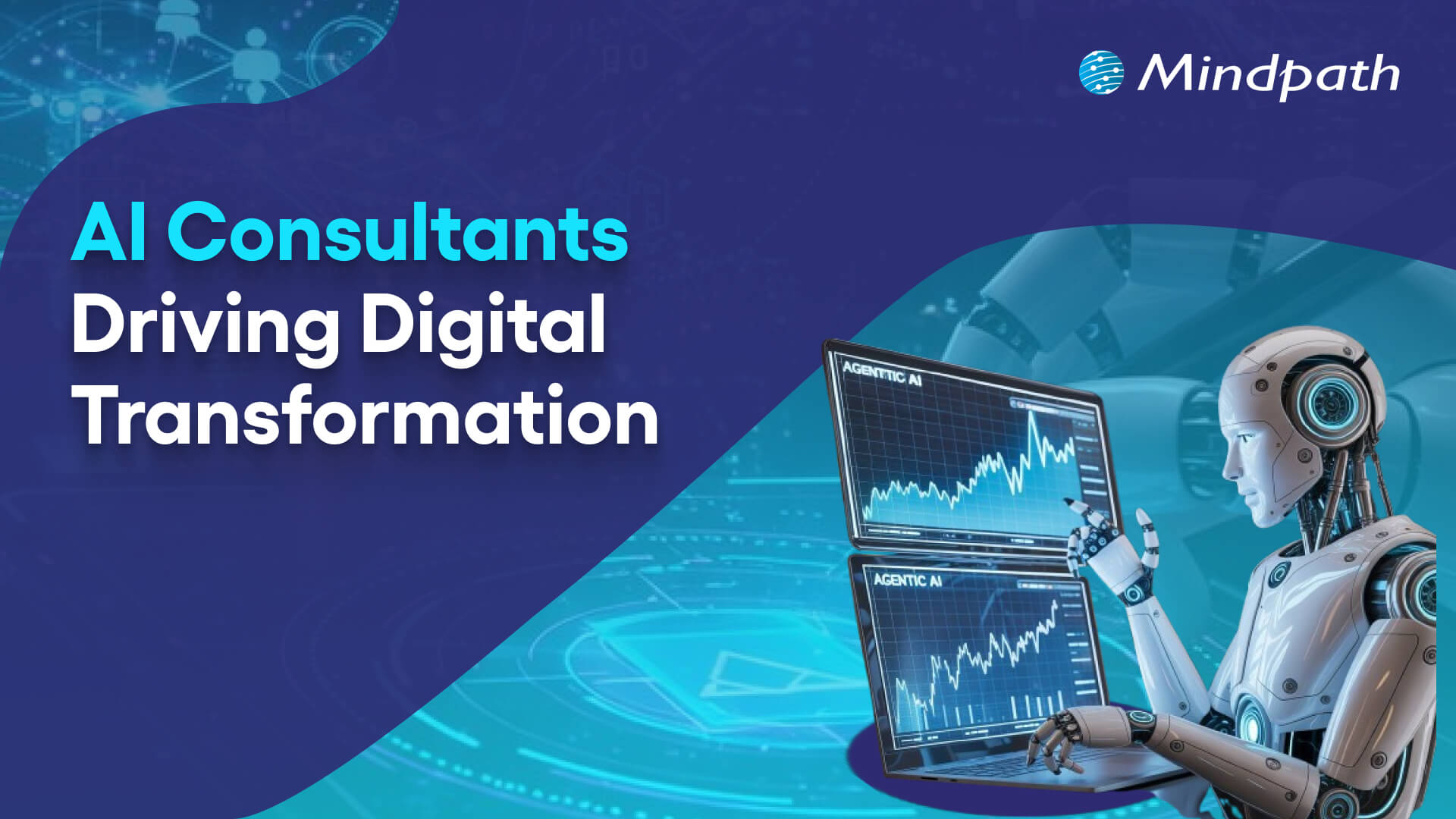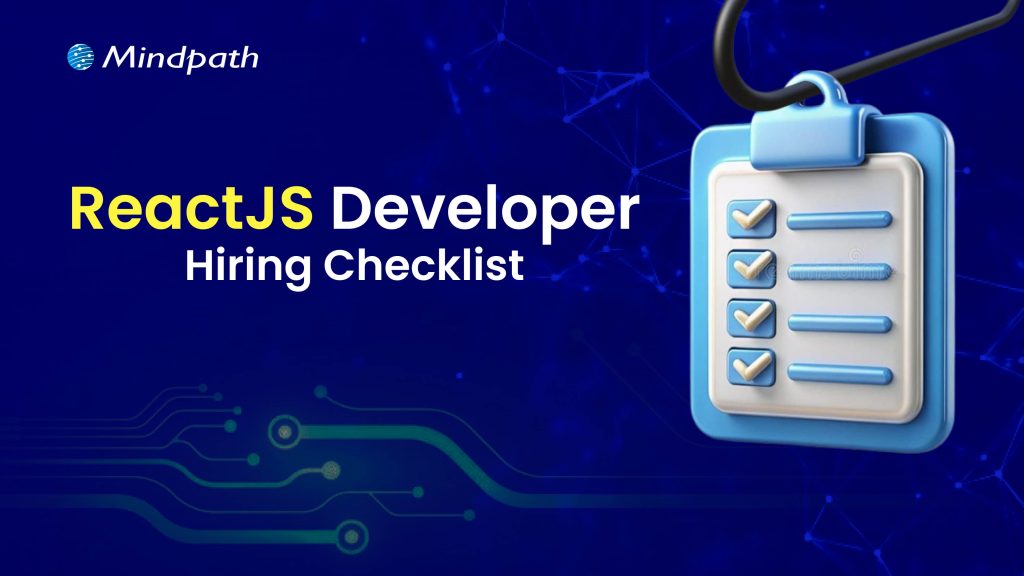Are you ready to elevate your decision-making process? Imagine being able to make choices backed by solid data rather than relying on gut feelings or assumptions. What if you could uncover insights that lead to smarter strategies and better outcomes for your business? In this blog, we will learn about data-driven decision making and its advantages. So, let’s dive in!
What is Data-Driven Decision Making?
Data-driven decision making (DDDM) entails using real-world data and figures to assist you make informed business decisions. Companies use data to choose the best course of action rather than guessing or depending solely on opinions. This strategy enables everyone, whether in sales, marketing, or human resources, to make better decisions every day.
To make data-driven decision-making a regular habit, businesses must foster a culture that values asking questions and thinking critically. This implies that people at all levels should begin data-driven debates and gradually improve their abilities. It is essential to enable simple access to data while maintaining its security. This can be accomplished by ensuring that staff can find the information they want without difficulty. Companies should also provide training so that everyone understands how to use data properly. Finally, having leaders who support and promote data-driven decision making helps to foster an environment in which everyone feels encouraged to utilize data in their job.
Importance of Data-Driven Decision Making
Businesses today are finding that making decisions based on data is increasingly crucial as the volume of data they gather keeps increasing. However, organizing and comprehending this data can prove difficult. Without the correct methodology, organizations can’t always capitalize on the important insights that data provides. Many organizations want to foster a culture of data-driven decision-making, but doing so takes more than simply investing in technology. It is about building a solid foundation in which people understand how to utilize data successfully, respond promptly to insights, and collaborate as a community.
Building a fully data-driven culture requires a focus on three main areas: increasing data skills, making decisions based on flexible and adaptive data insights, and encouraging team collaboration. Businesses might see long-term benefits from incorporating data into their daily decisions. However, this transition does not occur overnight. It takes a continual effort to develop the correct analytics systems and ensure that everyone in the firm is comfortable with data.
Advantages of Data-Driven Decision Making
1. Make Better Decisions
Traditionally, companies depended heavily on their leaders’ instincts and expertise to make crucial decisions. While this succeeded at times, it sometimes resulted in blunders and increased pressure. Using data to inform decisions is a better approach nowadays.
Data-driven decision-making enables businesses to depend on facts and insights rather than opinions, decreasing mistakes and making decisions easier and more accurate. This technique enables firms to optimize operations, attract and retain customers, and boost marketing effectiveness. Companies get a competitive advantage by adopting data-driven decision-making, which drives growth, efficiency, and long-term success.
2. Improve Campaign Results
In today’s competitive marketplaces, effective marketing requires a thorough understanding of customers. To get better outcomes, organizations must understand who to target, when to target them, how customers interact with their content, and where to improve.
Businesses now require new tactics as third-party cookies, which previously helped acquire useful marketing information, have become less prevalent. First-party data is increasingly important for influencing marketing decisions. Companies can gain insights into client behavior and better adapt their marketing by leveraging this data and predictive analytics. So, data enables organizations to fine-tune their marketing tactics, increase performance, and plan for a future without third-party cookies.
3. Strengthen Team Accountability
Data analytics promotes openness and accountability in decision-making. Previously, it was impossible to determine who made certain decisions or completely understand their consequences. There is a defined procedure to follow when making data-driven decisions, which makes it easier to monitor the consequences and hold individuals responsible.
Improved openness and accountability result in fewer internal conflicts, higher efficiency, and stronger trust within the organization. At the leadership level, data provides an unbiased, objective decision-making process that is free of internal politics. For workers, it clarifies how choices are made and how they affect the company.
4. Keep Things Consistent
Achieving actual consistency in human decision-making is difficult. Our beliefs are frequently influenced by emotions, prejudices, and other influences, which might result in unexpected behavior. We all have good and bad days, and these variations might make our judgements less certain. In a company, leaning too much on gut sensations or outside influences can be problematic, especially when it comes to customer or sales choices. To avoid this, data-driven judgements are necessary. Data allows firms to make more accurate and objective decisions. This strategy provides much-needed stability and consistency in decision-making, resulting in superior outcomes free of personal prejudice or emotions.
5. Increase Productivity
Data-driven decision-making immediately improves business outcomes by allowing you to make better decisions that streamline processes, minimize inefficiencies, and anticipate future events, all of which increase productivity.
For example, data can show the important characteristics that drive productivity, allowing you to design a workplace that promotes high performance. It can also detect skill gaps and personnel shortages, allowing for more proactive recruiting and planning. Businesses that depend on facts rather than instinct can make better decisions, resulting in increased productivity across all departments and operations.
Data-Driven Decision Making at Mindpath
At Mindpath, we believe in making decisions based on facts and data, rather than assumptions or views. Data-driven decision-making allows us to guarantee that every decision we make is sound and informed. Using data allows us to better understand our clients’ needs, improve our services, and ensure that we are continually heading on the correct path.
Our team employs data to analyze trends, identify opportunities, and solve issues effectively. This strategy allows us to keep ahead of the competition and give the finest solutions to our clients. At Mindpath, data stimulates everything we do, allowing us to make informed decisions that lead to success and development.
Final Note
Adopting data-driven decision-making is essential for firms looking to flourish in today’s competitive environment. Organizations can utilize data to make better decisions, optimize their plans, and improve team responsibility. This strategy not only increases decision-making consistency and productivity, but it also promotes a culture of transparency and cooperation. At Mindpath, we are committed to using data as a foundation for our operations, ensuring that we satisfy our clients’ demands efficiently and promote sustainable development. In today’s data-rich environment, making decisions based on strong insights is no longer an option; it is a need for long-term success.
Ready to transform your business with data-driven decision-making?
Partner with Mindpath today to learn how we can help you leverage data for success!












